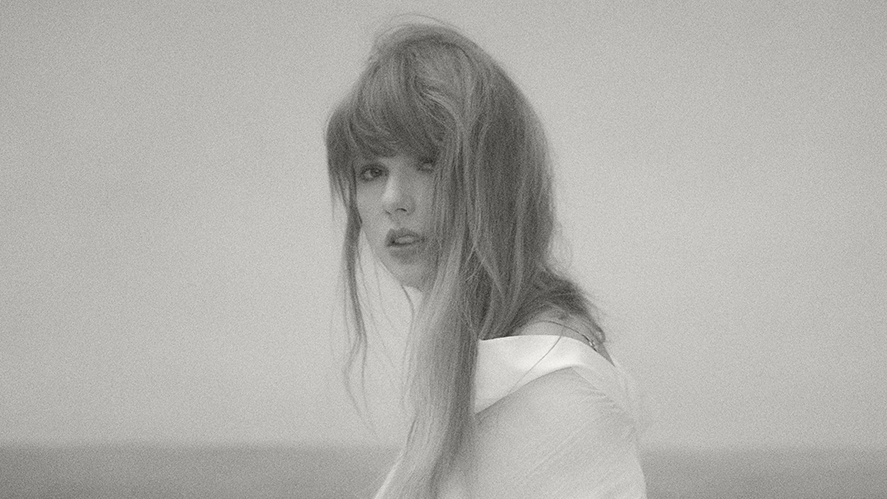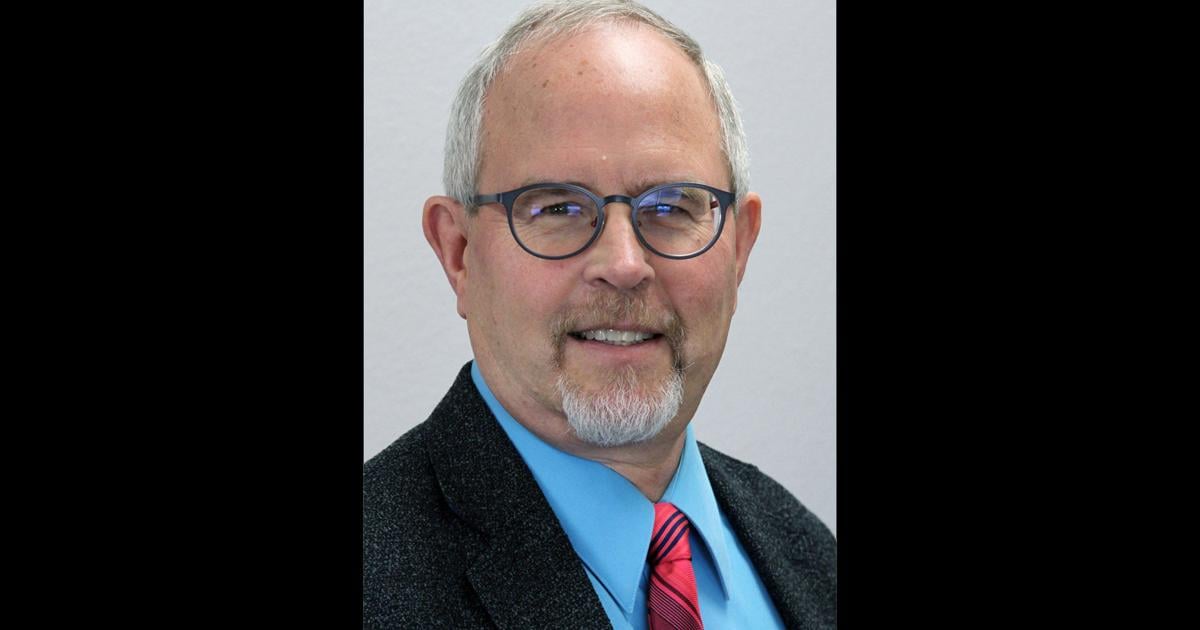Lifestyle
A First Try of Apple’s $3,500 Vision Pro Headset

I got a sneak peek into Apple’s vision for the future of computing on Monday. For about half an hour, I wore the $3,500 Vision Pro, the company’s first high-tech goggles, which will be released next year.
I walked away with mixed feelings, including a nagging sense of skepticism.
On one hand, I was impressed with the quality of the headset, which Apple bills as the beginning of an era of “spatial computing,” where digital data blends with the physical world to unlock new capabilities. Imagine wearing a headset to assemble furniture while the instructions are digitally projected onto the parts, for instance, or cooking a meal while a recipe is displayed in the corner of your eye.
Apple’s device had high-resolution video, intuitive controls and a comfortable fit, which felt superior to my experiences with headsets made in the last decade by Meta, Magic Leap, Sony and others.
But after wearing the new headset to view photos and interact with a virtual dinosaur, I also felt there wasn’t much new to see here. And the experience elicited an “ick” factor I’ve never had before with an Apple product. More on this later.
Let me start from the beginning. After Apple unveiled the headset on Monday, its first major new release since the Apple Watch in 2015, I was permitted to try a preproduction model of the Vision Pro. Apple staff led me to a private room at the company’s Silicon Valley headquarters and sat me on a couch for a demo.
The Vision Pro, which resembles a pair of ski goggles, has a white USB cable that plugs into a silver battery pack that I slipped into the pocket of my jeans. To put it on my face, I turned a knob on the side of the headset to adjust the snugness and secured a Velcro strap above my head.
I pressed down on a metal button toward the front of the device to turn it on. Then I ran through a setup process, which involved looking at a moving dot so the headset could lock in on my eye movements. The Vision Pro has an array of sensors to track eye movements, hand gestures and voice commands, which are the primary ways to control it. Looking at an icon is equivalent to hovering over it with a mouse cursor; to press a button, you tap your thumb and index fingers together, making a quick pinch that is equivalent to clicking a mouse.
The pinch gesture was also used for grabbing and moving around apps on the screen. It was intuitive and felt less clunky than waving around the motion controllers that typically come with competing handsets.
But it raised questions. What other hand gestures would the headset recognize for playing games? How good will voice controls be if Siri’s voice transcription on phones currently doesn’t work well? Apple isn’t sure yet what other gestures will be supported, and it didn’t let me try voice controls.
All the many uses?
Then came time for the app demos to show how the headset might enrich our everyday lives and help us stay connected with one another.
Apple first walked me through looking at photos and a video of a birthday party on the headset. I could turn a dial near the front of the Vision Pro counterclockwise to make the photo backgrounds more transparent and see the real world, including the Apple employees around me, or turn it clockwise to make the photo more opaque to immerse myself.
Apple also had me open a meditation app in the headset that showed 3-D animations while soothing music played and a voice instructed me to breathe. But the meditation couldn’t prepare me for what was coming next: a video call.
A small window popped up — a notification of a FaceTime call coming from another Apple employee wearing the headset. I stared at the answer button and pinched to take the call.
The Apple employee in the video call was using a “persona,” an animated 3-D avatar of herself that the headset created using a scan of her face. Apple portrays videoconferencing through the personas as a more intimate way for people to communicate and even collaborate in virtual space.
The Apple employee’s facial expressions looked lifelike and her mouth movements synchronized with her speech. But because of how her avatar was digitally rendered, with the uniform texture of her face and the lack of shadows, I could tell it was fake. It resembled a video hologram I had seen in sci-fi movies like “Minority Report.”
In the FaceTime session, the Apple employee and I were supposed to collaborate on making a 3-D model in an app called Freeform. But I stared at it blankly, thinking about what I was seeing. After three years of being mostly isolated during the pandemic, Apple wanted me to engage with what was essentially a deepfake video of a real person. I could feel myself shutting down. My “ick” sensation was probably what technologists have long described as uncanny valley, a feeling of unease when a human sees a machine creation that looks too human.
A technological feat? Yes. A feature I would actually want to use with others every day? Probably not anytime soon.
To wrap the demonstration with something fun, Apple showed a simulation of a dinosaur that moved toward me when I reached my hand out. I have seen more than my fair share of digital dinosaurs in virtual reality (almost every headset maker that’s given me a VR demo has shown a Jurassic Park simulation in the last seven years) and I was not excited about this.
Real people
After the demo, I drove home and processed the experience during rush hour.
Over dinner, I talked to my wife about the Vision Pro. The Apple goggles, I said, looked and felt better than the competing headsets. But I wasn’t sure that mattered.
Other headsets from Meta and Sony PlayStation were much cheaper and already quite powerful and entertaining, especially for playing video games. But whenever we had guests over for dinner and they tried the goggles on, they lost interest after less than half an hour because the experience was exhausting and they felt socially disconnected from the group.
Would it matter if they could twist the dial on the front of the headset to see into the real world while wearing it? I suspect it would still feel isolating, because they would probably be the only person in a room wearing one.
But more important to me was the idea of connecting with others, including family members and colleagues, through Apple headsets.
“Your mom is getting old,” I said to my wife. “When you’re FaceTiming with her, would you rather see her deepfake digital avatar, or a crummier video call where she’s holding the phone camera up to her face at an unflattering angle?”
“The latter,” she said without hesitation. “That’s real. Although, I’d much rather see her in person.”

Lifestyle
On 'The Tortured Poets Department,' Taylor Swift spares no one : Pop Culture Happy Hour

The Tortured Poets Department is the latest album from Taylor Swift.
Beth Garrabrant/Republic Records
hide caption
toggle caption
Beth Garrabrant/Republic Records

The Tortured Poets Department is the latest album from Taylor Swift.
Beth Garrabrant/Republic Records
Taylor Swift dropped an epic new album that spans two hours — and two high-profile breakups. The Tortured Poets Department delves deeply into two of the singer’s recent relationships — one with the English actor Joe Alwyn and the other with Matty Healy, who’s the lead singer of The 1975. And while Taylor Swift indulges in a few beefs on this record, the target she returns to most often is herself.
Subscribe to Pop Culture Happy Hour Plus at plus.npr.org/happyhour
Lifestyle
Chris Pratt, Katherine Schwarzenegger could've given Craig Ellwood teardown ‘some honor,’ architect's daughter says

Chris Pratt and Katherine Schwarzenegger demolished a famed midcentury home designed by late architect Craig Ellwood to make room for a new, modern mansion.
That’s not how Erin Ellwood, Craig Ellwood’s daughter, said she would have gone about it.
“I think it would have been really cool to keep it and do something … add to it in a really interesting, innovative way,” Ellwood told The Times on Monday. “But you know, maybe this just isn’t their style. I mean, it clearly isn’t if they’re building a farmhouse.”
Ellwood, an Ojai-based interior designer, spoke to The Times about her father’s late ‘40s Brentwood commission, known among locals as the Zimmerman House after original owners Martin and Eva Zimmerman. The property, which she described as a “time capsule” because of its Midcentury Modern aesthetic, was purchased last year and set for demolition seemingly without reason. In recent weeks, several reports revealed that the Marvel star and Schwarzenegger purchased the lot for $12.5 million and that their new mansion — to be designed by Ken Ungar — was the reason for the teardown.
On X (formerly Twitter), the celebrity couple quickly faced ire from architecture enthusiasts and other critics. “Wow,” wrote one user who shared an Architectural Digest article. “Wow as in, this is really bad.”
“Chris Pratt bought a BEAUTIFUL 1950s mid century modern house designed by THE Craig Ellwood and demolished it to build a s— McMansion,” one X user wrote on Friday. “My mid century modernist heart is shattered.”
“Imagine tearing this historic house down to build a ‘modern farmhouse’ McMansion,” a second user wrote on Saturday.
As more reports about the Ellwood razing surfaced, handfuls of social media users also revived “Worst Chris,” a dig that stemmed from a viral tweet about the Hollywood Chrises (Chris Hemsworth, Pratt, Chris Pine and Chris Evans).
Representatives for Pratt and Schwarzenegger did not immediately respond to The Times’ request for comment on Monday.
Like Pratt’s online critics, Erin Ellwood said she only learned about the reason for the demolition earlier this month. But she told The Times that she understands “it comes with the territory.”
Throughout his decades-long career, Craig Ellwood brought his indoor-outdoor living approach to several properties across Southern California, including his beachfront Hunt House in Malibu. The Zimmerman house, with its floor-to-ceiling glass windows and open floor plans, was designed early in her father’s career and wasn’t the best representation of his work, Ellwood said.
“It doesn’t break my heart,” she added of the raze.
Still, the home, sold to “The Man from U.N.C.L.E” creator Sam Rolfe and wife Hilda Rolfe in 1975— stands for a timeless architectural movement. Erin likens her father’s lasting Midcentury designs to “the Chanel of architecture.”
“There’s certain fashions that will never go away. They’ll always stay strong,” she said.
The couple’s modern farmhouse aesthetic may not be Erin’s preferred style, but she said she understands why Pratt and Schwarzenegger would want the Zimmerman House plot: proximity to Schwarzenegger’s mother, Maria Shriver. The former first lady of California reportedly lives across the street from the property.
“I don’t feel bitter. I understand the love of family, I understand wanting to be close to my mother or my mother in-law,” said Ellwood, whose late actor mother Gloria Henry also lived by Shriver. “I understand being a multimillionaire and wanting to build exactly what I want and keep my family close. I get all that. Unfortunately, it involved tearing something down.”
Razing the Zimmerman House is not just “so brutal,” but wasteful in a variety of ways, Ellwood added. She lamented that the home did not have some kind of ceremonious sendoff — final tours for architecture students, a celebratory cocktail hour, donation of materials for architectural studies — before it was torn down.
“Is there something more creative that could’ve been done in the process of taking it away that could’ve given it some honor?” Ellwood asks.
She was speaking to The Times on what would have been her father’s 102nd birthday. She says Craig Ellwood “stood for innovation and a new way of California living.”
“I think what people are responding to is [the home] is like this time capsule,” she said. “I think that’s what hurts people so much — is that there aren’t that many great ones.”
With the Zimmerman House now a pile of rubble and Pratt and Schwarzenegger’s new mansion reportedly still in early construction, Ellwood said she hopes the couple considers giving back to the architecture community amid the backlash.
“They’ve got money,” she said. “It would behoove them to do something kind to the world of architecture.”
Lifestyle
The 16 Messages That Led to Love

Getting to know someone used to take many forms: handwritten letters, phone conversations, in-person heart-to-hearts. Today, we text. We slide into D.M.s. Dating apps and social media have made it effortless to start a conversation. Still, it can be hard to know what exactly to say. We asked readers of the Modern Love column to share the early messages — the banter, emojis and wit — that made them fall for each other. — Kate LaRue
The texts below are from real threads that have been carefully excavated (screengrabbed) from the phones of readers. They’ve been lightly edited — and reanimated — for clarity and your enjoyment.
-

 News1 week ago
News1 week agoCross-Tabs: April 2024 Times/Siena Poll of Registered Voters Nationwide
-

 World1 week ago
World1 week agoIran launches dozens of drones at Israel
-

 Politics1 week ago
Politics1 week agoWhite House says US support for Israel is 'ironclad,' will 'support their defense' amid Iran attack
-

 News1 week ago
News1 week agoWyoming Democratic Caucus Results
-

 News1 week ago
News1 week agoCross-Tabs: April 2024 Times/Siena Poll of the Likely Electorate
-

 Politics1 week ago
Politics1 week agoNine questions about the Trump trial, answered
-

 World5 days ago
World5 days agoIf not Ursula, then who? Seven in the wings for Commission top job
-

 News1 week ago
News1 week agoWhat biologists see from the shores of the drying Great Salt Lake













